How new technology of modular buildings can help in emergency medical care?
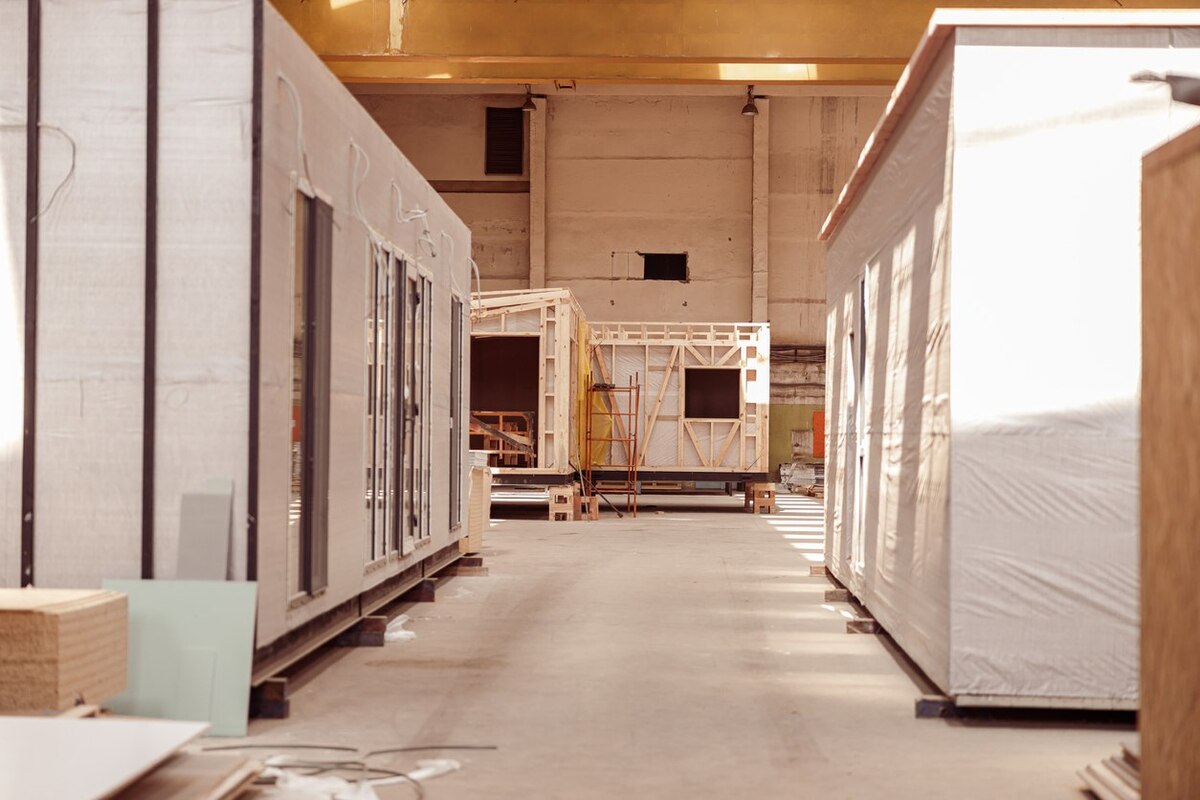
The COVID-19 pandemic has been one of the deadliest in human history, claiming the lives of over 15 million people worldwide in 2020 and 2021 alone.
It has tested the healthcare systems created by humanity, but the healthcare systems of almost all countries, including the US, were overwhelmed and fully loaded with patients by March-April 2020, leading to a sharp increase in mortality among infected patients due to a lack of proper medical care.
Not only, but the reason is behind the overall inability to quickly adapt to the crisis and efficiently deploy, for example, individual quarantine boxes. All that combined with a general shortage of intensive care unit beds has led to huge numbers of casualties, some of whom could have been saved if such technologies were available.
During natural or man-made disasters, one of the most pressing needs is to provide immediate shelter and care for affected individuals, and that’s what was learned fu. Conventionally, construction teams would erect new buildings or modular structures from scratch, which can take anywhere from 10 days to 8 weeks to complete. However, this approach overlooks the untapped potential of existing large buildings that can be repurposed into individual living spaces for patients or victims.
To address this issue, the solution can be found in a novel approach of subdividing existing large buildings, such as school halls, empty warehouses, and the like, into personal individual spaces for accommodating patients or victims. Such buildings can be easily found in practically all cities and rural areas, and this approach has the potential to provide personal individual spaces for patients or victims in an efficient and timely manner.
Technology besides the new concept
The new way of technology is based on the usage of aluminum profiles as the frame and double PVC film as the wall material. This technology has several advantages over traditional modular structures, including ease of deployment, reduced weight, and no special construction equipment required.
The fast-erecting modular buildings use 2mm-thick aluminum profiles (a little less than 3/32 inch), made using hot extrusion, as the framework and double-layered PVC film as the wall material. Aluminum profiles are ideal for bearing structures as extrusion enhances stiffness while reducing weight. They also offer corrosion resistance, with a natural oxide film that protects the surface in a wide range of temperatures and humidity levels. Additionally, extrusion allows for the creation of complex cross-sectional shapes that provide additional functionality, such as built-in niches for LED strips for visible and UV spectrum lighting. LED strips are installed during the production stage, resulting in reduced installation time. This is especially beneficial in emergency situations, where time is critical.
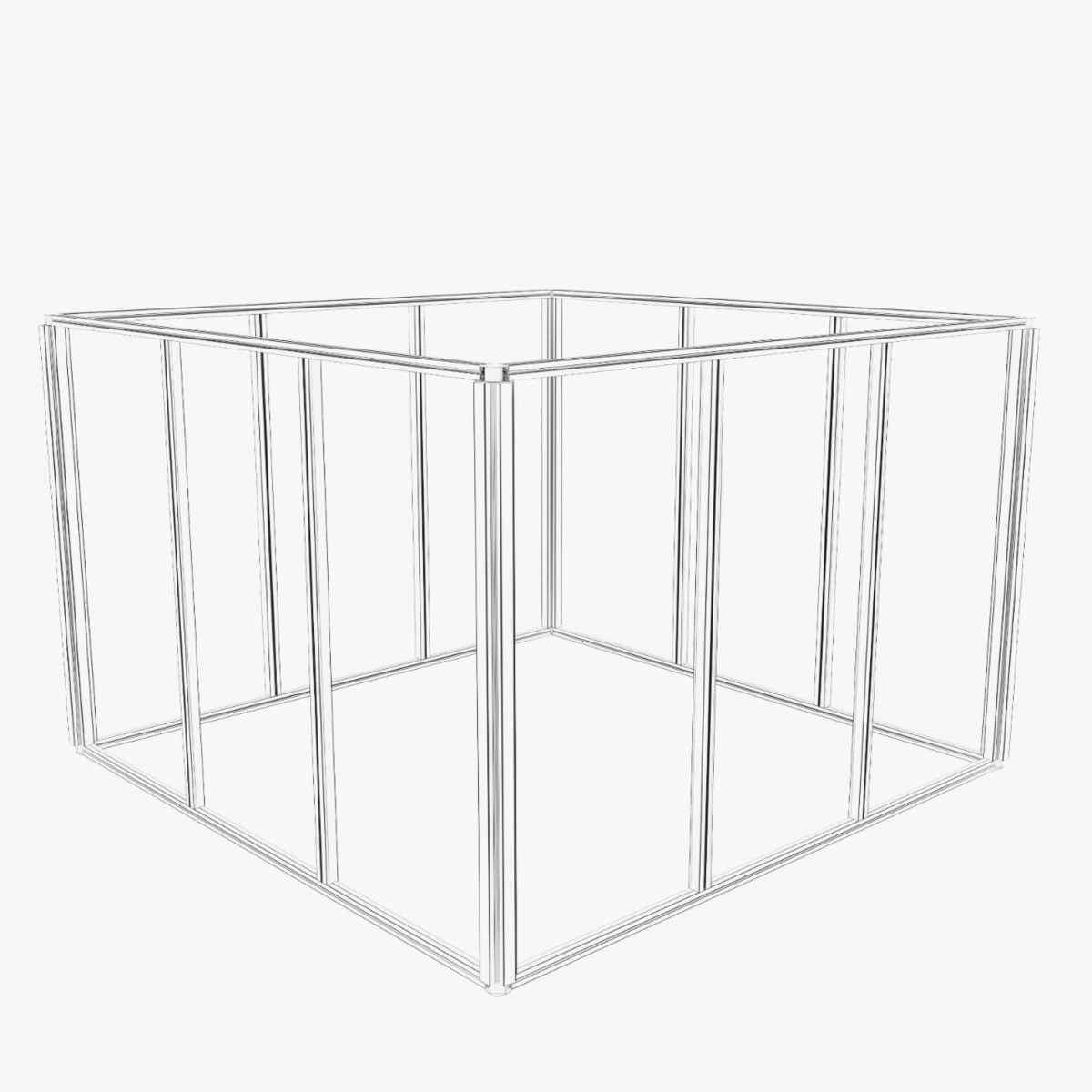
Bearing structure of our fast-built modular room
According to the practice, the suggestion is to use 10-14 mil (0.25-0.35mm) thick PVC-based film as the wall and ceiling material for our fast-erecting modular buildings. PVC, a widely used plastic in all industries, was first introduced in 1835 and has been actively used since 1925. There are many benefits of using it: because of its durability, flexibility, and resistance to chemicals and pathogens, making it a perfect material for medical equipment. PVC is fire-resistant, decay-resistant, waterproof, and moisture-resistant, and retains its properties in cold temperatures. The film is typically made with the addition of at least 25% plasticizers, 3-5% antimicrobial additives, 2-4% thermal stabilizers, and 0.2-0.5% UV stabilizers. With the addition of antimicrobial additives, the film can effectively destroy particles of bacteria and viruses that settle on its surface, reducing the number of viral particles in the air and hindering the further spread of viruses. The addition of thermal and UV stabilizers allows the film to be stored with aluminum profiles without any change in its properties for a long time, even under direct sunlight and allows for the use of hard UV rays for disinfecting the premises. Despite the seemingly unreliable use of thin film, experiments have shown that it can withstand a load of 20 pounds per square feet without damage.
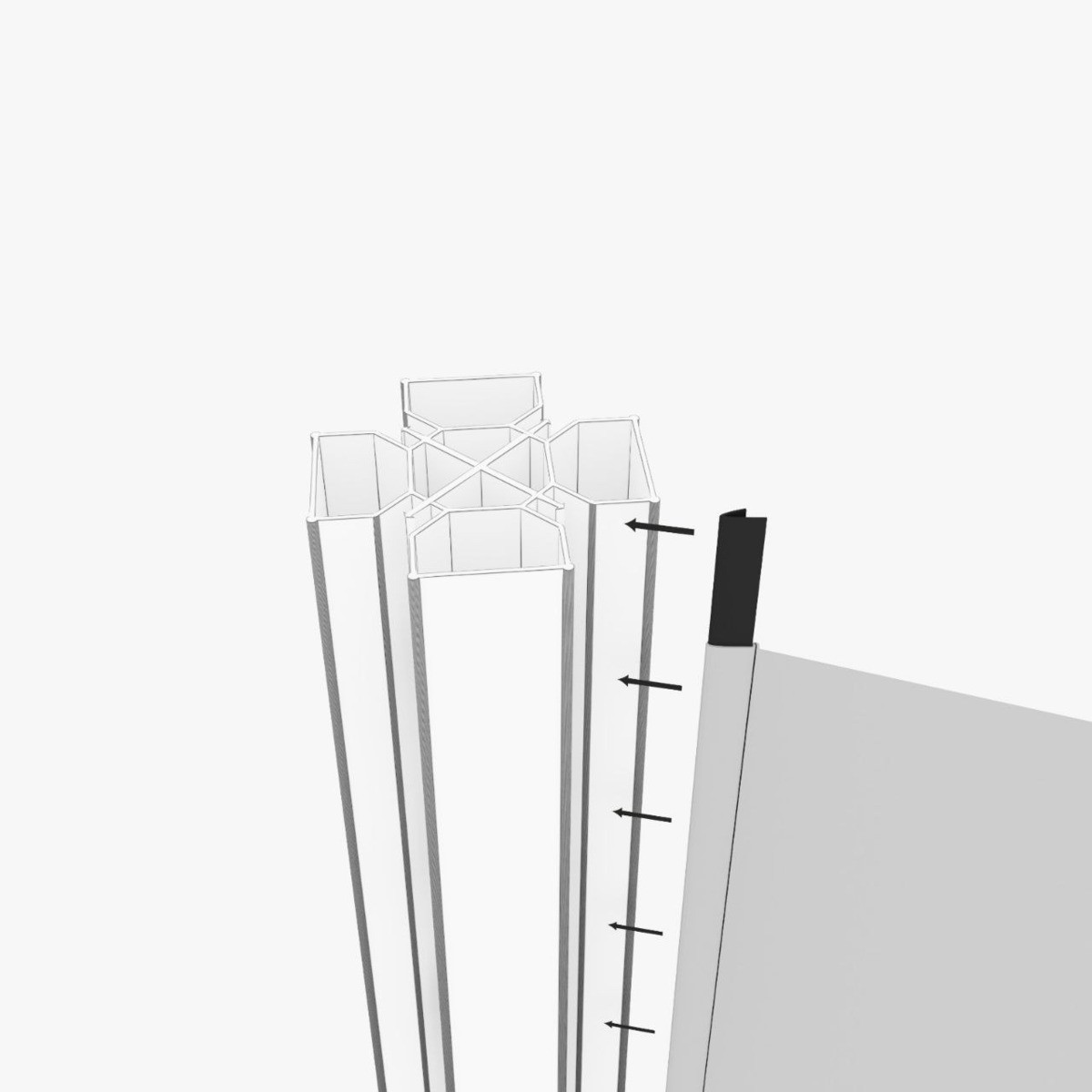
How PVC film is attached to the aluminum frame
By using two layers of PVC film, it is possible to include an insulating material between them, with a thickness of 2.0 in (about 50 mm). The insulating material can be made of expanded polystyrene (EPS) or mineral wool. Thermal calculations have shown that a 0.4 kW electric heater can maintain a comfortable temperature (+68 °F) inside the module even when the outside temperature is as low as 32°F.
The technology for connecting the profiles does not require the use of bolts, screws, or other fastening devices, which can significantly increase the time and complexity of assembly. Instead, quick-release connections are used, such as tongue-and-groove joints with a split pin for fixation. The PVC film is connected to the load-bearing aluminum structure without the use of fasteners, using a special plastic harpoon that is welded to the perimeter of the film using high-frequency currents at the factory. The harpoon technology allows for easy and quick installation and complete or partial removal of the film using only a special spatula, without any wrinkles and with an excellent aesthetic appearance.
Advantages of the application of new technology in construction
The technology offers several advantages, including rapid deployment in hours, without the need for special construction equipment. The lightweight structure weighs less than 1 pound per square foot, making it efficient and cost-effective. It requires minimal storage volume and can be stored long-term without losing its properties. Additionally, it offers insulation options for cold climates and allows for easy installation of efficient LED lighting and UV LED for sterilization due to its profile shape. The high compactness of the structure means that the walls of one room can become the walls of another, maximizing space utilization. The disadvantage here is that a flat surface is required as a floor.
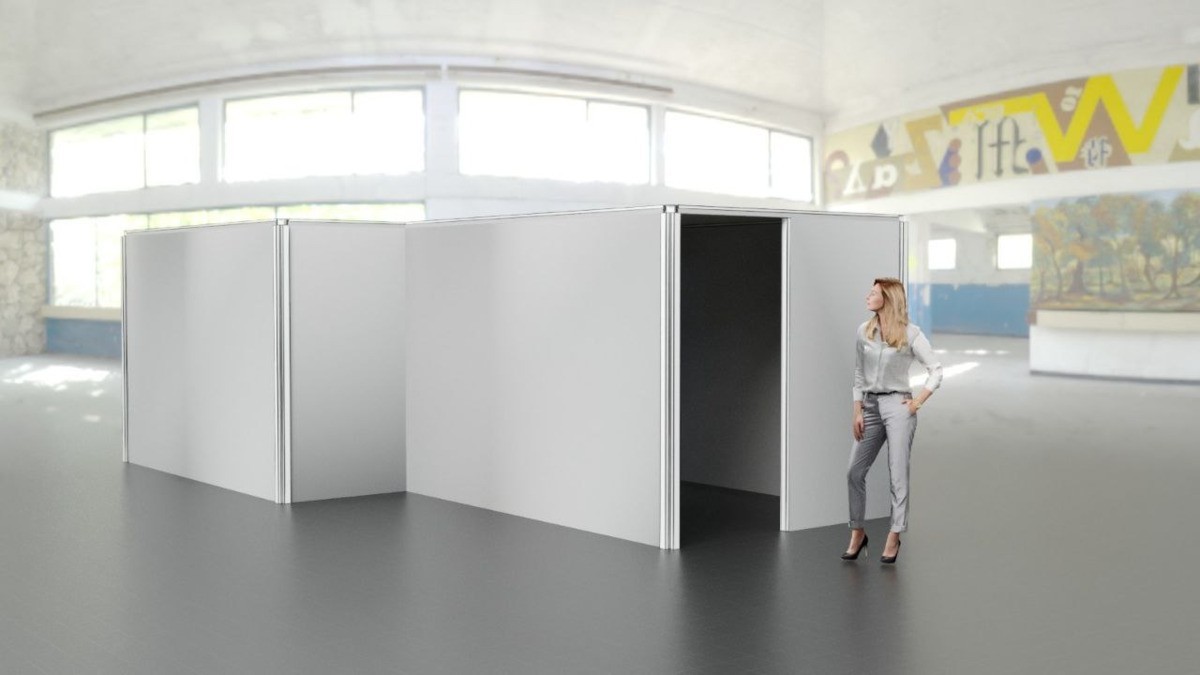
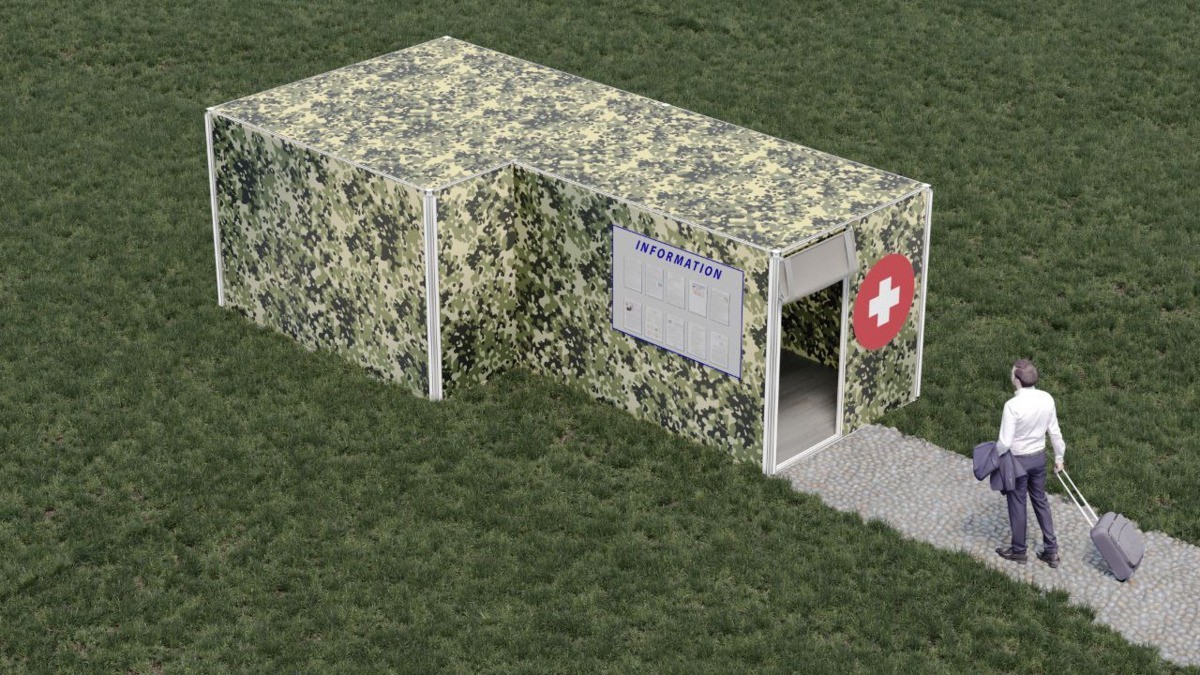
Examples of using our technology
In conclusion, new technologies have the potential to provide an efficient and timely solution to the problem of makeshift hospital facilities during natural disasters, pandemics, or terrorist attacks. The utilization of aluminum profiles and PVC film offers several advantages compared to traditional modular structures including ease of deployment, reduced weight, and the absence of special construction equipment requirements. And the new technologies in construction have the potential to bring about significant changes in how the construction industry approaches emergency response over the world.
Author: Margarita Valigun, founder of Nova Ceiling Design, is a trailblazing female engineer-entrepreneur who is spearheading the adoption of cutting-edge fastener technology in the US.



